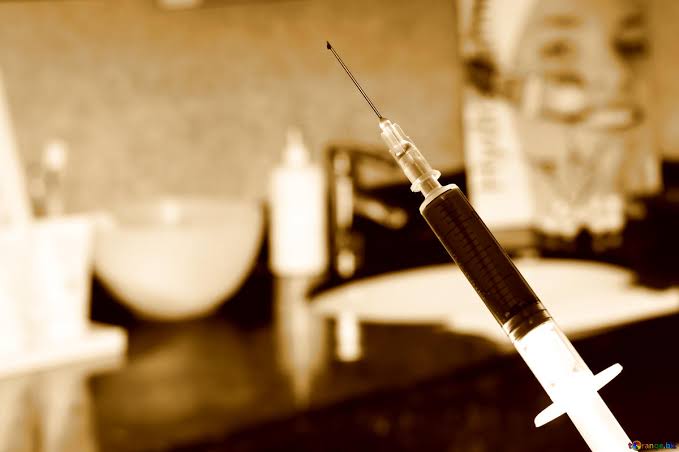BOTOX® is the name of a toxin which is produced by the bacterium Clostridium botulinum. When used in large amounts, botox toxin can cause a form of muscle paralysis known as botulism, which is often usually associated with food poisoning. Even though one of the most serious complications of botulism is paralysis, scientists have still discovered a way to use it to the human advantage. Botox treatments which use small, diluted amounts of botox can be directly injected into specific muscles, causing controlled relaxation of the muscles.
Applications of botox treatments
Botulinum treatments are predominantly used to reduce the appearance of facial wrinkles and fine lines.
Beyond aesthetic applications of botox treatments, Botox is used to treat a variety of medical conditions, including migraines, excess sweating, eye squints and leaky bladders.
Botulinum toxin is presently used to treat over 20 different medical conditions, with more applications under investigation.
Botox treatments are currently approved for the following therapeutic applications:
- Blepharospasm (spasm of the eyelids)
- Idiopathic rotational cervical dystonia (severe shoulder and neck muscle spasms).
- Chronic migraine
- Severe primary axillary hyperhidrosis (excessive sweating).
- Strabismus (crossed eyes)
- Post-stroke upper limb spasticity Trusted Source.
- Detrusor (bladder wall muscle) over activity – causing urinary incontinence Trusted Source.
- Overactive bladder
- Hemi facial spasm
- Glabellar lines which are frown lines between your eyebrows
- Canthal lines (crow’s feet)
What happens during the procedure?
For the procedure of botox treatments, the patient is placed in a somewhat raised position and the areas to be injected are cleansed with a nonalcoholic cleanser. The Botox is then injected into the desired or affected areas. It is common for pressure to be applied if an injected area seems to be bleeding after the botox injection. While ice is sometimes applied beforehand for comfort reasons, direct pressure is much more effective or beneficial than ice in order to control the bleeding and bruising.
Complications of the treatment
Botox treatments can cause some unwanted effects which include;
- Mild nausea
- Temporary unwanted weakness/paralysis of nearby muscles
- Temporary upper lid or brow ptosis (drooping)
- Weakness of the lateral rectus or lower eyelid (a muscle controlling eye movement)
- Dysphagia – trouble swallowing
- Neck weakness
- Mild pain, local edema (fluid buildup) and/or erythema (reddening of the skin) at the injection site
- Numbness
- Headache
- Malaise – feeling generally unwell
- Flu-like illness
- Brachial plexopathy – a condition affecting the nerves either side of the neck and chest
- Gallbladder dysfunction
- Diplopia (double vision)
- Bleeding
- Blurred vision
- Decreased eyesight
- Swelling
- Fatigue
- Hives
- Dry mouth
Pain management institute is helping people to cure acute and chronic long term pain to resume a normal life style. PMI has provided many treatments like stem cell therapy and many others.
For more details call on 815.412.6166

